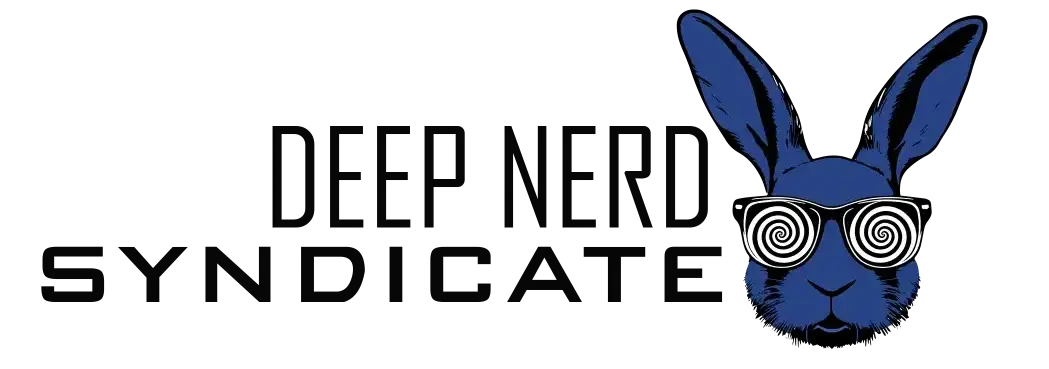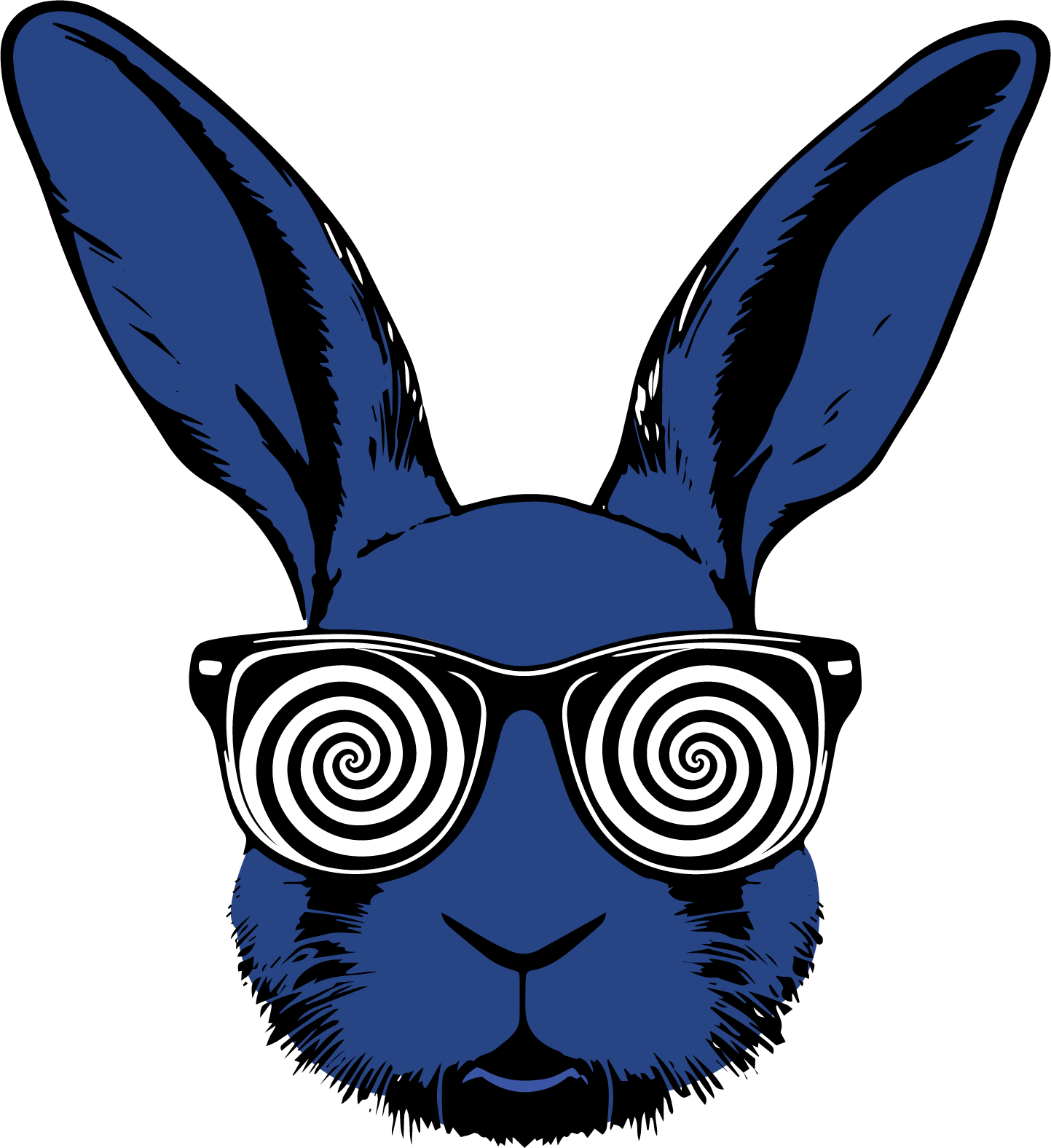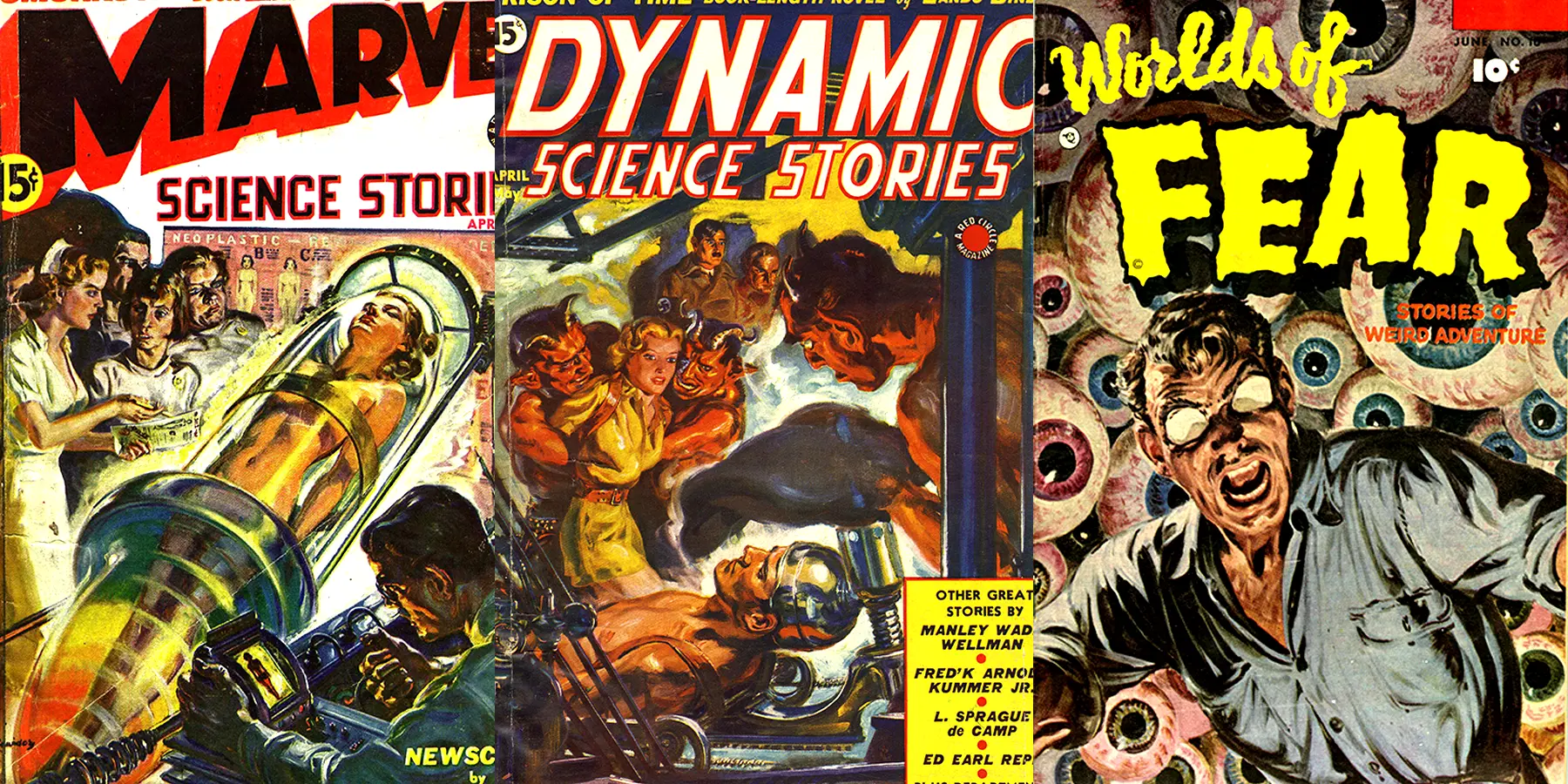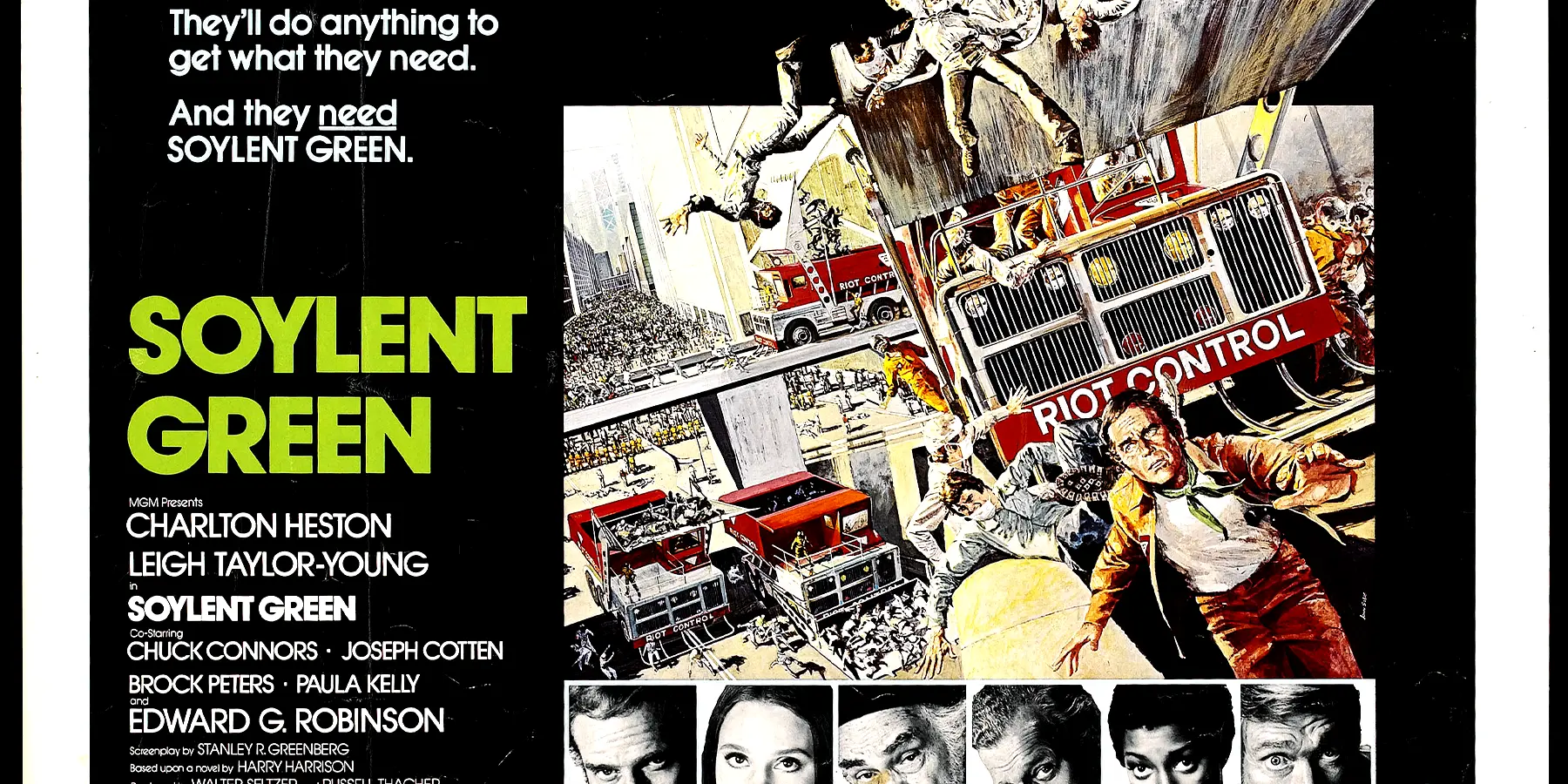Comic books featuring serial killers delve into humanity’s most chilling aspects, exploring twisted psyches, moral ambiguity, and the depths of horror. These stories offer readers a glimpse into dark, complex characters, often challenging traditional hero-villain dynamics and pushing the boundaries of suspense. Let’s explore the first comic book to feature a serial killer, what makes these comics so popular, and some of the most iconic titles in this chilling genre.
Why Are Serial Killer Comics So Popular?
Serial killers in comics captivate readers by blending psychological horror with suspenseful storytelling. Here’s why they continue to intrigue:
- Psychological Depth: These stories offer in-depth explorations of morally ambiguous and twisted minds.
- Suspense and Horror: The horror genre thrives in these narratives, building tension and terror through intense artwork and chilling plotlines.
- Complex Characters: Serial killers are often depicted as antiheroes or villains with charisma and complexity, making them compellingly dangerous.
- Social Commentary: Many serial killer comics use crime and fear to reflect on societal flaws and human nature, offering thought-provoking narratives.
The First Comic Book Featuring a Serial Killer
The honor of the first serial killer in comic books goes to The Joker in Batman #1 (1940). Although not initially a “serial killer” in the modern sense, the Joker’s psychotic behavior, violent crimes, and chaotic personality fit the profile. His random, senseless murders established him as one of comic history’s earliest and most infamous killer figures, setting the stage for other villains to come.
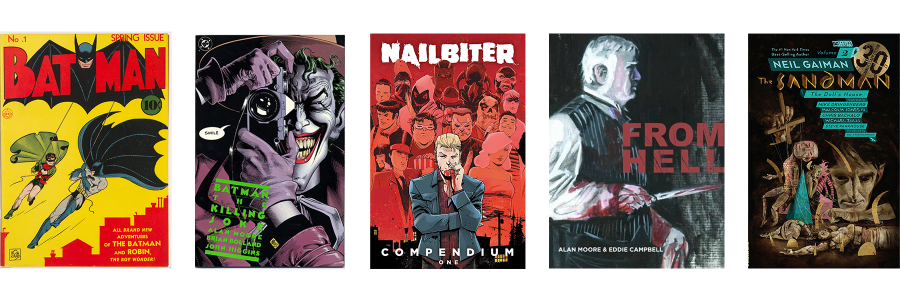
Iconic Comic Books Featuring Serial Killers
Here’s a list of some of the most popular and impactful comics that feature serial killers, each offering a unique perspective on horror, suspense, and psychology.
- Batman: The Killing Joke (1988) – DC Comics
- Serial Killer: The Joker
- This classic comic explores the Joker’s potential origin and his violent obsession with Batman, solidifying his place as a terrifying, chaotic killer.
- Nailbiter (2014–2017) – Image Comics
- Serial Killer: Edward Charles Warren (The “Nailbiter”)
- Set in a town that breeds serial killers, this horror series follows an investigation into what drives individuals to kill, focusing on the Nailbiter, who chews his victims’ nails.
- From Hell (1989–1998) – Top Shelf Productions
- Serial Killer: Jack the Ripper
- Alan Moore’s graphic novel reimagines the Jack the Ripper murders, blending historical fiction, horror, and conspiracy.
- Sin City: The Hard Goodbye (1991–1992) – Dark Horse Comics
- Serial Killer: Kevin
- Frank Miller’s silent, cannibalistic killer, Kevin, presents one of Sin City’s most chilling figures, haunting the gritty noir landscape.
- The Sandman: The Doll’s House (1990) – Vertigo/DC Comics
- Serial Killers: The Corinthian and other killers at a “serial killer convention”
- Neil Gaiman’s Sandman introduces the Corinthian, a nightmare-turned-killer, within a storyline that brings together several killers for a disturbingly casual “convention.”
- Severed (2011–2012) – Image Comics
- Serial Killer: The Salesman
- Set in the early 1900s, this historical horror comic follows a cannibalistic serial killer who targets children, creating an atmosphere of tension and fear.
- The Punisher MAX (2004–2009) – Marvel Comics
- Serial Killer: Barracuda and others
- The Punisher MAX series sees Frank Castle encounter numerous killers, blending antiheroic and villainous elements as he navigates a brutal world of crime and violence.
- Hack/Slash (2004–2013) – Image Comics
- Serial Killers: Various supernatural “slashers”
- Cassie Hack, the daughter of a slasher, hunts supernatural killers in this horror series that combines slasher tropes with action-packed storytelling.
- Stray Bullets (1995–present) – El Capitan Comics/Image Comics
- Serial Killers: Various
- This crime series, known for its non-linear narrative, frequently explores themes of violence and morality, presenting a gritty take on human flaws.
- Dexter (2013–2014) – Marvel Comics
- Serial Killer: Dexter Morgan
- Based on the popular TV series, this comic follows Dexter, a forensic analyst who moonlights as a killer targeting other murderers.
- The Black Monday Murders (2016–2019) – Image Comics
- Serial Killers: Various characters tied to occult and financial power struggles
- This blend of horror and crime features ritualistic killers within elite financial circles, adding a supernatural layer to murder and ambition.
- Sweet Tooth (2009–2021) – Vertigo/DC Comics
- Serial Killers: Various
- While not always focused on killers, this post-apocalyptic series explores predatory instincts as society unravels, creating a world where murder often feels tragically inevitable.
- Crossed (2008–present) – Avatar Press
- Serial Killers: The “Crossed” (infected killers)
- A virus drives people into homicidal mania, resulting in widespread murder and mayhem. Though technically not “serial killers,” the Crossed are terrifying in their mindless brutality.
- My Friend Dahmer (2012) – Abrams ComicArts
- Serial Killer: Jeffrey Dahmer (biographical)
- This graphic novel recounts the life of Jeffrey Dahmer from the perspective of a high school acquaintance, offering a disturbing look into the early years of a notorious killer.
- The Crow (1989) – Caliber Comics
- Serial Killer: Eric Draven
- Although not a traditional killer, Eric avenges his and his fiancée’s murder by killing those responsible, using violent, ritualistic methods in his quest for justice.
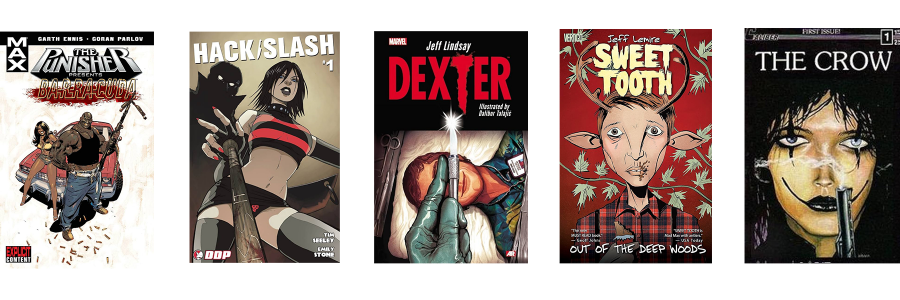
Why Serial Killers in Comics Remain Popular
Serial killer comics invite readers to confront darkness, exploring the minds of murderers and the moral complexities of justice and revenge. From the Joker’s chaotic evil to realistic portrayals like Jeffrey Dahmer in My Friend Dahmer, these stories offer insight into humanity’s shadowed corners. Whether through psychological intensity, brutal action, or thought-provoking storytelling, serial killers in comics continue to challenge and captivate readers, solidifying their place as a powerful narrative force.
